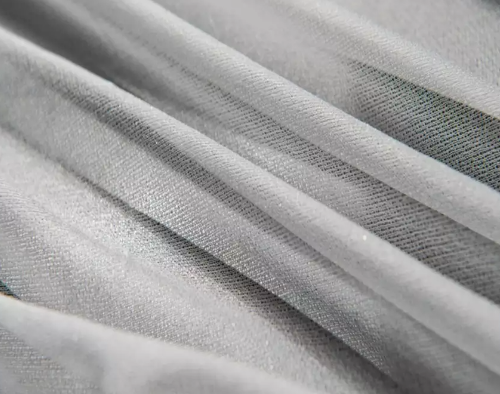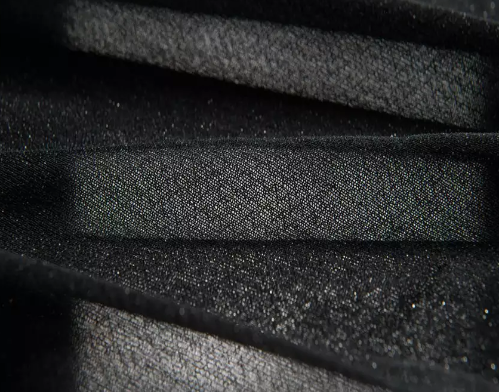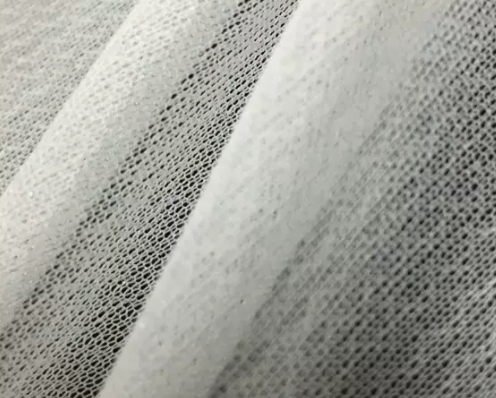Different Types of Interlining and Interlining Selection Procedure
2023-03-22.
Interlining is a layer of fabric inserted between the outer fabric and the lining of a garment or other textile item to provide additional warmth, structure, or support. The type of interlining chosen depends on the purpose of the garment and the desired effect. Here are some of the different types of interlining and their uses:

Fusible Interlining: This type of interlining has adhesive on one side that can be activated with heat and pressure. It is commonly used for collars, cuffs, and waistbands to add structure and stability.
Sew-In Interlining: This type of interlining is sewn into the garment by hand or machine. It is often used for jackets and coats to add warmth and body to the garment.
Woven Interlining: This type of interlining is made of a woven fabric, such as cotton or wool. It is often used for tailoring to add structure and support to the garment.
Non-Woven Interlining: This type of interlining is made of synthetic fibers that are bonded together. It is often used for lightweight fabrics to add body and stability.
Knit Interlining: This type of interlining is made of a knitted fabric, such as jersey or fleece. It is often used for stretch fabrics to add warmth and structure.

When selecting an interlining, consider the weight and drape of the fabric, the intended use of the garment, and the desired effect. Here are some steps to follow when selecting an interlining:

Consider the weight and drape of the fabric. Choose an interlining that is compatible with the outer fabric and will not change the drape or weight of the garment.
Consider the intended use of the garment. Choose an interlining that will provide the desired effect, such as warmth or structure.
Consider the desired effect. Choose an interlining that will achieve the desired effect, such as a crisp collar or a soft lining.
Test the interlining. Always test the interlining before using it in the garment to ensure that it is compatible with the fabric and achieves the desired effect.